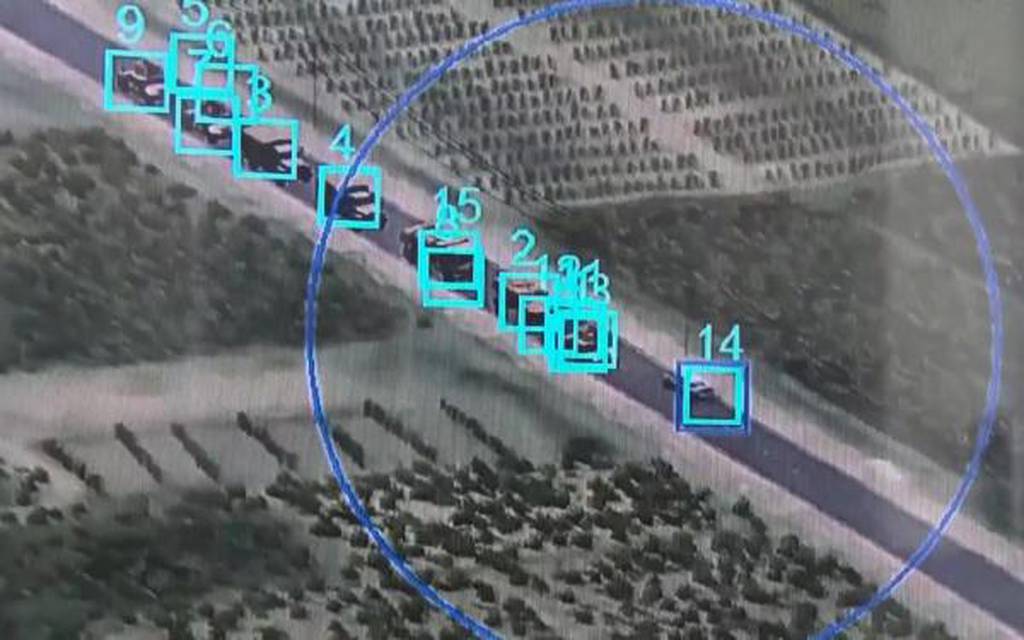Once the technology innovator that invented the internet and GPS, the Department of Defense is now almost solely reliant on leveraging advancements in the commercial sector, and one top official thinks the Pentagon needs to improve how it does so.
“What annoys me most is that we really haven’t taken all the advantage we can of technology into the Defense Department,†Joseph Kernan, the undersecretary of defense for intelligence, said during a keynote speech April 23 at the annual GEOINT symposium in Tampa, Florida.
Kernan noted that things are changing and top officials like Michael Griffin, the undersecretary of defense for research and engineering, are trying to drive down the acquisition process so it doesn’t take so long to field capability.
One example is Project Maven, the DoD’s hallmark automation effort that seeks to accelerate the integration of big data and machine learning, first focusing on processing of full-motion video in Iraq and Syria.
RELATED

“The whole project was under contract within two months and within six months it actually delivered capability,†Kernan said, alluding to more opportunities within the project’s umbrella are available.
For Kernan, one of the critical aspects of Maven was that it was tested overseas, not inside DoD labs.
“The idea, certainly from my perspective, don’t be developing some type of situational awareness or some type of capability that serves war fighters and you sit inside the Pentagon and try it ― make sure you’re addressing their needs,†he said.
“You address their needs by working with them. You need to work with the forces out there to make sure they understand what we’re trying to do here. That’s a key element of the bigger project, is that it works for the people that are going to be users.â€
Not replacing humans
Despite the connotations artificial intelligence and machine learning conjure about replacing human analysts and operators, Kernan said Maven is not going to do that.
Instead, Maven is about enabling analysts to “use their cognitive thoughts process more than have to jam finger-push things into a computer.â€
“We don’t want analysts to do that. We need to use their intellectual capability and machine learning will enable the humans to make the decisions and make the recommendations … so that we have the situational awareness.â€
Not just a one-off
Kernan also described how he’d like to see all AI and machine-learning projects in the DoD resourced together.
He pointed out the recently announced center for AI and machine learning that the DoD is working to stand up that will concentrate all of the DoD’s efforts in this space.
RELATED

The concept, he described, is to bring together whatever intelligence exists, regardless of what kind of intelligence it is, and run it through machine-learning algorithms to get better situational awareness.
“We’re not going to hinder those good initiatives out there, we’re going to try to bring that together,†he said. “In the course of bringing them together, in my mind is to resource the efforts.â€
Mark Pomerleau is a reporter for C4ISRNET, covering information warfare and cyberspace.








